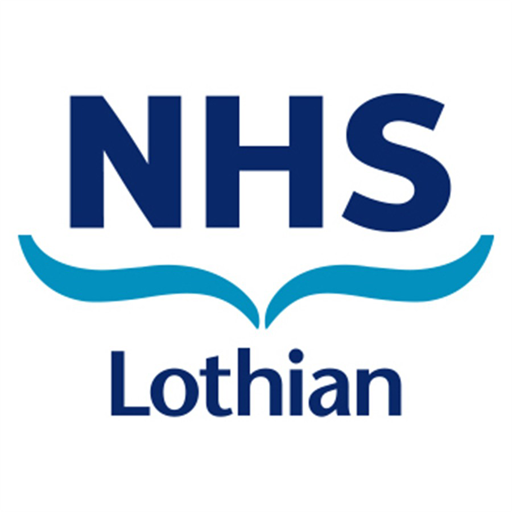At discharge, two questions need to be answered in relation to hearing:
- Has the baby had basic hearing screening (AABR)?
- Does the baby need early or targeted audiology follow-up?

All babies should have a newborn hearing screen, unless parents decline following information about it. Each baby is given up to two tests, i.e. if no clear response is obtained on the hearing screen on initial testing in one or both ears, it will be repeated at least 6 hours later to see if a clear response can be obtained on one or both ears. If a clear response is obtained on either test in both ears and the baby has NO other risk factors requiring early or targeted follow-up, the baby needs no further reviews (see patient pathway below).
The test used in NHS Lothian is the automated auditory brainstem response (AABR), which tests for conductive hearing loss as well as sensory hearing loss. It has a high sensitivity (99%) and specificity (99%). However, it is susceptible to ambient noise and may also give a false positive result in premature babies due to an immature CNS.
Most term babies are identified on day 1 and screened in hospital by the Newborn Hearing Screeners. If babies are born at home, discharged early from LDRP, or discharged over a weekend, the Hearing Screeners track them down by CHI number and recall them to an outpatient clinic organised by Paediatric Audiology which may be at RHCYP or in the community.
Some babies require early audiology referral regardless of whether they have had AABR screening or not (See Section A of Risk Factors below).
Some babies who pass the initial AABR screen will still require targeted review at 8 months (See Section B of Risk Factors below).
The patient pathway following initial AABR screening is shown.
At discharge, two questions need to be answered in relation to hearing:
It is the responsibility of medical staff discharging babies from the Neonatal Unit to ensure that the AABR has either been done or to make it clear in the discharge letter that it still needs to be done.
AABR can be performed on the ward if the baby will still be an inpatient for a few days, and babies will be identified by the Hearing Screeners during weekdays. If the baby is discharged to the ward at the weekend and then goes home in the same weekend, the Hearing Screeners track them down by CHI number and recall them to Paediatric Audiology.
Please make it clear on the transfer letter whether the baby has had the initial AABR screen or not (premature infants usually only get it done before discharge home).
Please also make it clear to the receiving hospital whether or not the baby has risk factors requiring audiology follow-up.
With discharge planning, all ex-prems should have had the AABR done prior to discharge. Medical staff should help with obtaining consent for these babies as parents are not often in when the Hearing Screeners are around.
Term babies discharged directly home from the Neonatal Unit should have the AABR done at some point during their stay, unless their entire stay was over a weekend.
Medical staff doing the discharge letter need to highlight whether or not the baby has risk factors requiring audiology follow-up.
All babies who have risk factors requiring audiology referral should be referred to Paediatric Audiology for diagnostic assessment using the ‘Ward Referral to Paediatric Audiology’ referral form. If risk factors are identified please fill in the form and email a copy to Paediatric Audiology at audiology.rhcyp@nhslothian.scot.nhs.uk. For any urgent referrals please also copy in the UNHS manager Erin Moffat on erin.moffat2@nhslothian.scot.nhs.uk.
Risk factors requiring audiology follow-up1
A. Early audiology referral (these babies should be referred immediately to Paediatric Audiology on discharge from the Neonatal Unit regardless of whether or not AABR screening has been performed)
B. Babies requiring targeted review at 8 months, even if AABR screening is passed
C. If AABR is passed but the baby then develops any of the following, refer immediately to Paediatric Audiology for reassessment (this section is for babies who may have returned to the Neonatal Unit or Clinics after discharge from the wards)
1. Public Health England. 2019. Guidelines for surveillance and audiological referral for infants and children following newborn hearing screening. [online] Available at: https://www.gov.uk/government/publications/surveillance-and-audiological-referral-guidelines